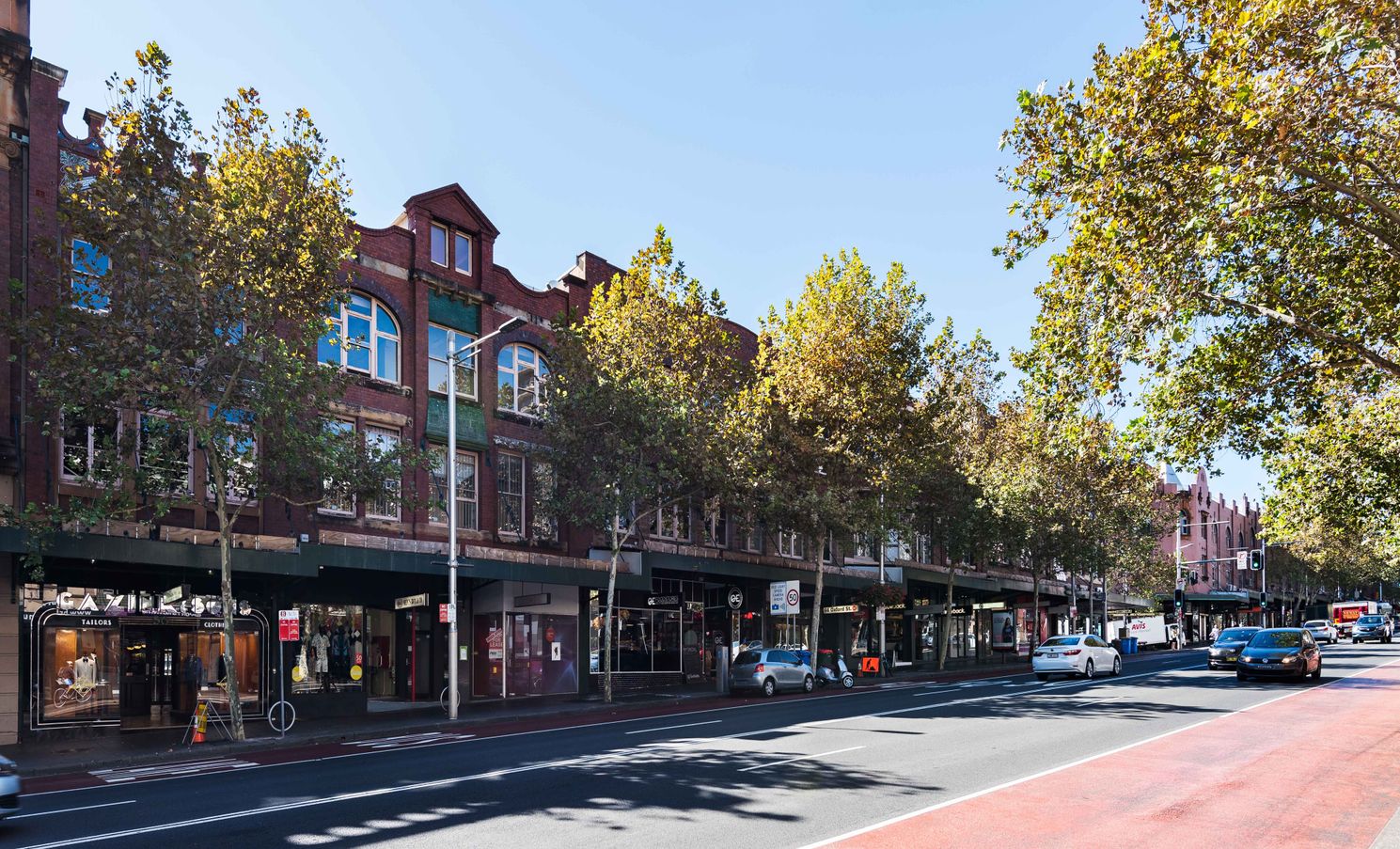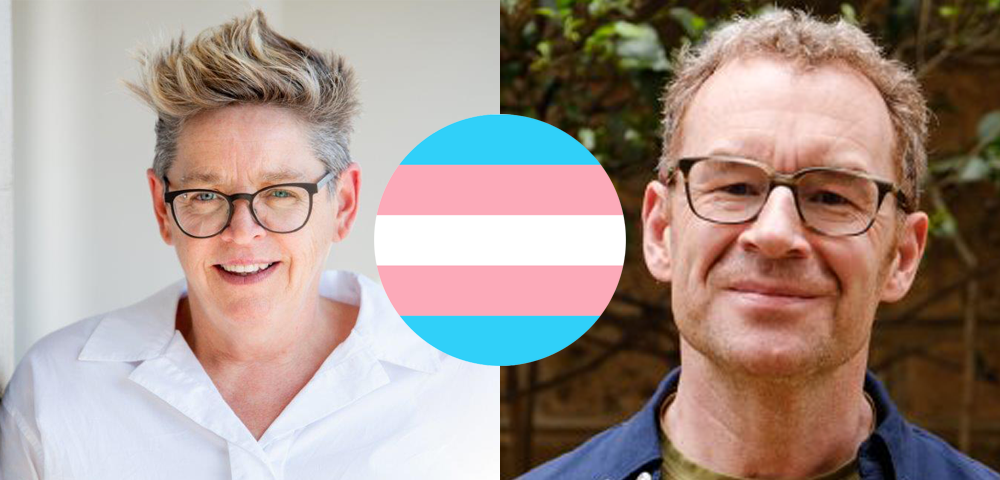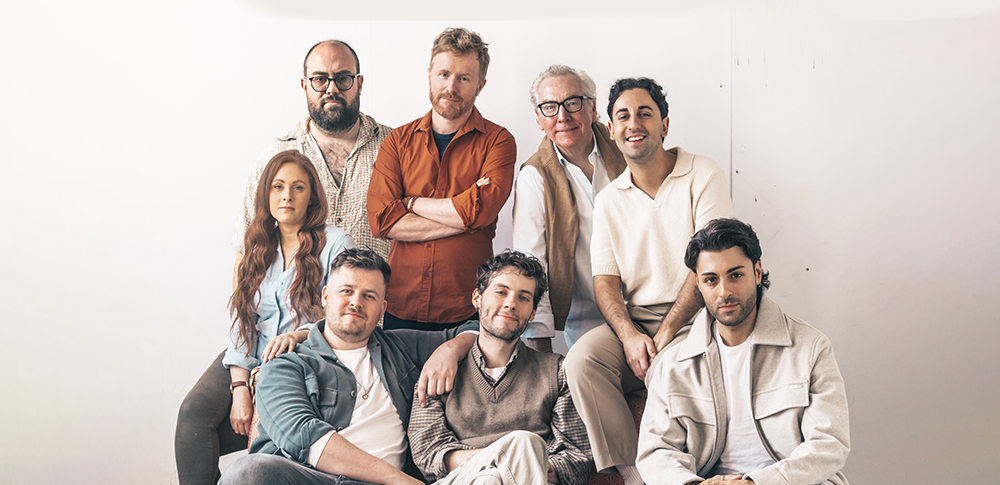
Oxford Street Can Learn From Community Efforts To Preserve Global Gaybourhoods

Oxford Street, like many other gaybourhoods around the world is at risk of demise. In places like the Castro District in San Francisco, Soho in London and Toronto’s Church-Wellesley Village, communities just like ours are battling to save their own rainbow identities.
So this this month Star Observer looked at what is being done in these other famed areas of queer cultural significance, as a roadmap for what might be done here in order to save the vibrancy of our beloved golden mile.
San Francisco
In the Castro District of San Francisco, a heritage protection has been granted to preserve the areas long standing position at the centre of the local queer history. Known as The Castro LGBTQ Cultural District, these new heritage overlays are being created with the intent of preserving, sustaining, and promoting the LGBTQI history and culture of the broader Castro district.
Also, in the Castro district we find a great example of the local community coming together to save queer spaces.
In 2017, a building known as Grand Central – a sprawling second-floor apartment that’s is also one of the few queer collective homes left in San Francisco and its ground-floor restaurant the Sausage Factory – was put up for sale with an asking price of $4.1 million.
Yet a local contingent spear headed by the Radical Faeries created the Queer Land Trust and worked to raise around $300,000 in pledges in a matter of months to save the building from development. Though the building was eventually taken off the market, this is a great example of community coming together to preserve our queer spaces.
London
In London it is widely recognised that similar community spaces are rarely owned by the community itself, and that these spaces are so to at risk of disappearing due to the greed of property developers. In fact, a study by UCL Laboratory, published in 2017, found that in only a decade, 58% of LGBTQI venues in London had been forced closed.
Many have put forward suggestions to save the Soho District in London, widely regarded as the cities most important and widely known gaybourhood, from losing its rainbow identity. Unlike other neighbouring areas of cultural and historical significance, Soho is devoid of many of the place making exercise already employed in other West End areas like Theatreland and Chinatown.
One London venue of cultural significance, the Royal Vauxhall Tavern, when listed for sale drew attention from a number of high profile and prominent Londoners, including Sir Ian McKellan who described the space as having “been the home of the gay community through times of great change”.
The attention this drew was enough to see the venue granted ‘Asset of Community Value’ status to protect it from being sold to prospective property developers. Since then, Heaven Nightclub. another long standing LGBTQI space, was granted the same protections in January, 2020.
While similar protection has already been granted in Sydney for the Les Girls site in Kings Cross, no similar protections have been put in place for venues and space along Oxford Street. And with developers already having signed deals on a number of prominent sites, is it now too late to act?
Toronto
Locals and residents of Toronto’s Church-Wellesley Village are also similarly concerned about the area being at risk of losing its rainbow identity. But it appears the biggest threat according to locals, isn’t developers but rather that the need for centralised gaybourhoods continues to diminish, as acceptance of LGBTQI communities continues to grow.
Much like Sydney, it is widely known that the populations that first flocked to the Church-Wellesley Village area have now spread out to neighbouring communities, yet many believe that this area is not dying per say, as much as it is changing.
One thing is for sure though, in all of these locations, the skyrocketing price of rent and property is mentioned as one of the definitive reasons for the areas succumbing to gentrification, and for the loss of their rainbow tinge.
So, what efforts have been made by the City Of Sydney to combat this, not only to maintain rental affordability for local residents, but also rainbow businesses?
With one of the most vocal supporters for preserving the rainbow identity of Oxford Street, Dr Kerryn Phelps- having this week announced she is withdrawing from the upcoming City Of Sydney elections, we must maintain the pressure on returning and incoming councillors to ensure that the local area is preserved for current and future generations.










everybody likes a rainbow district to identify with globally…cheers